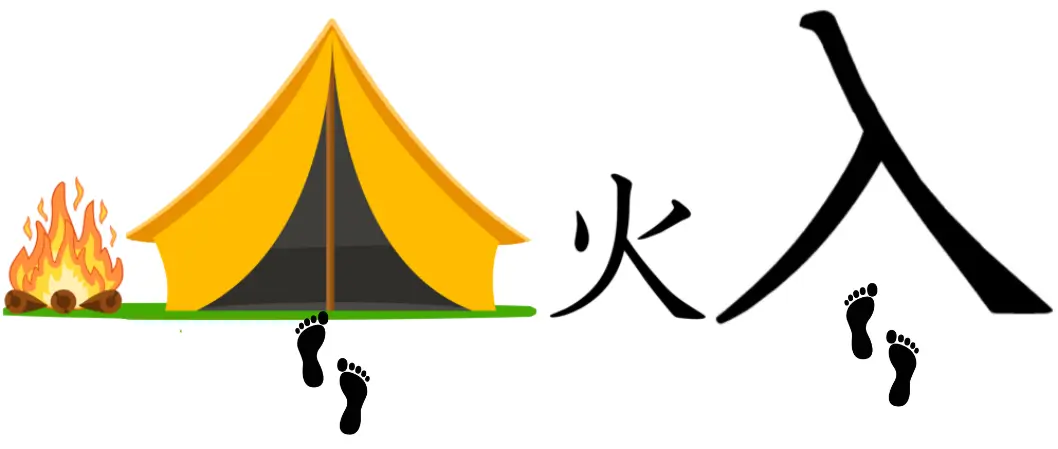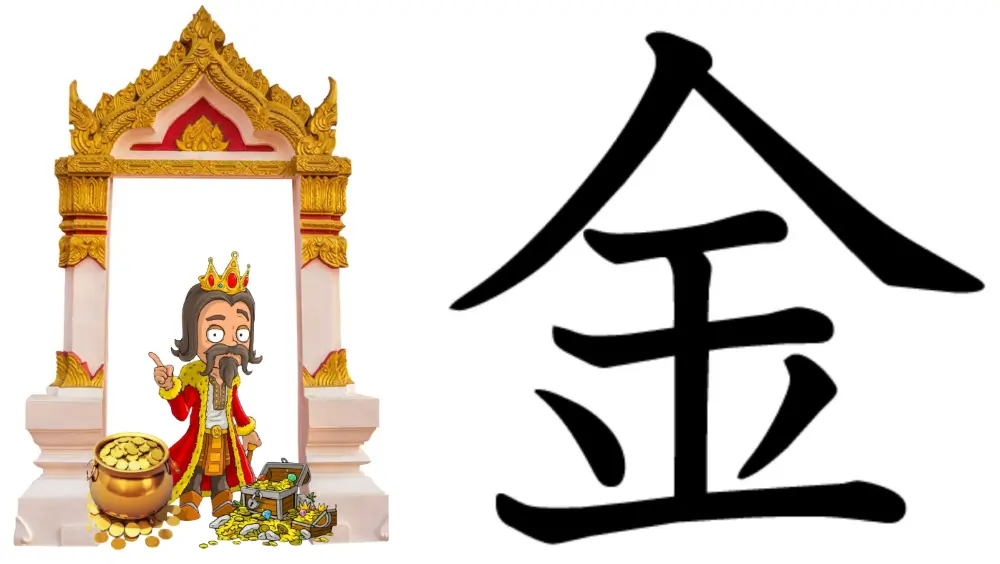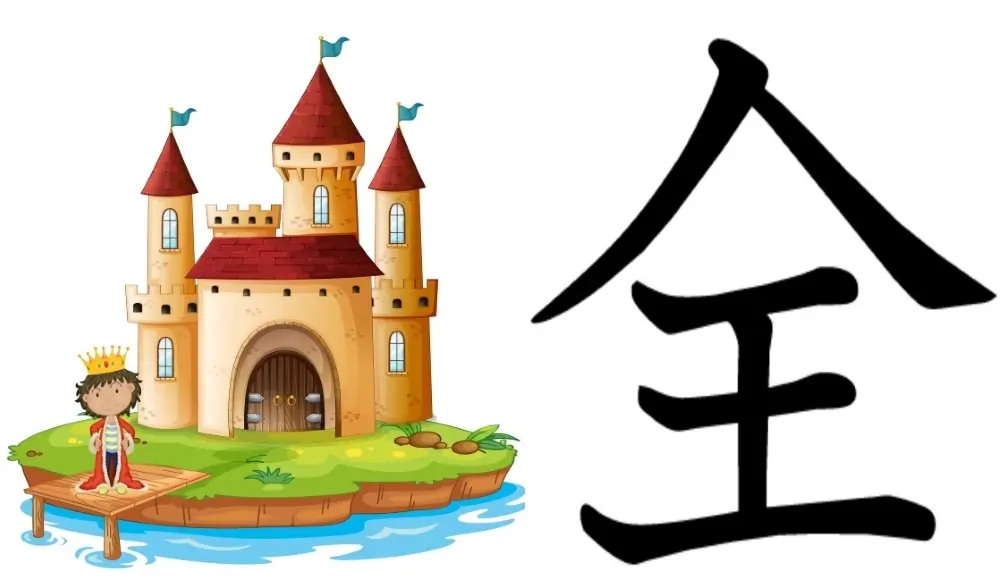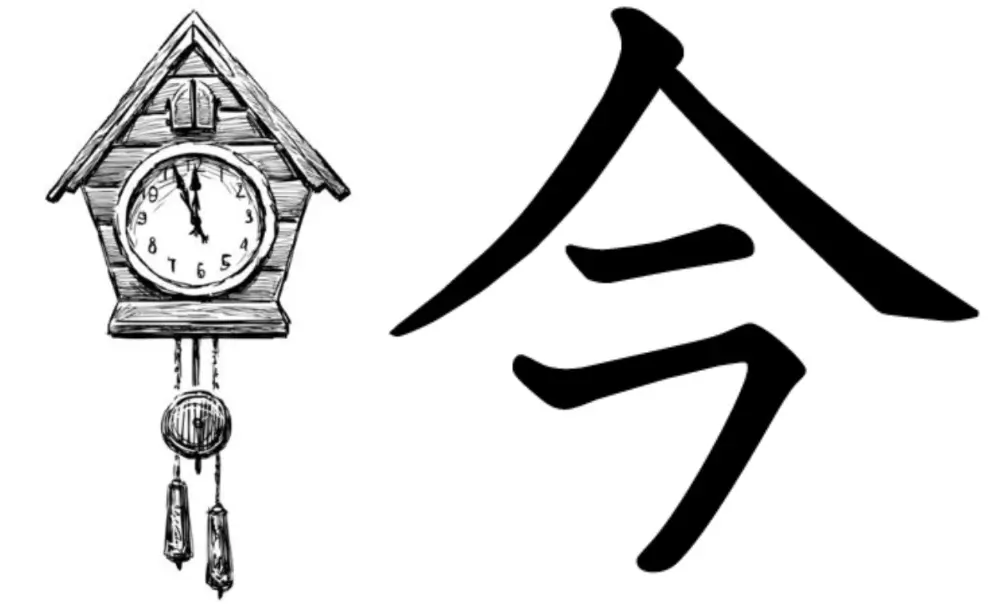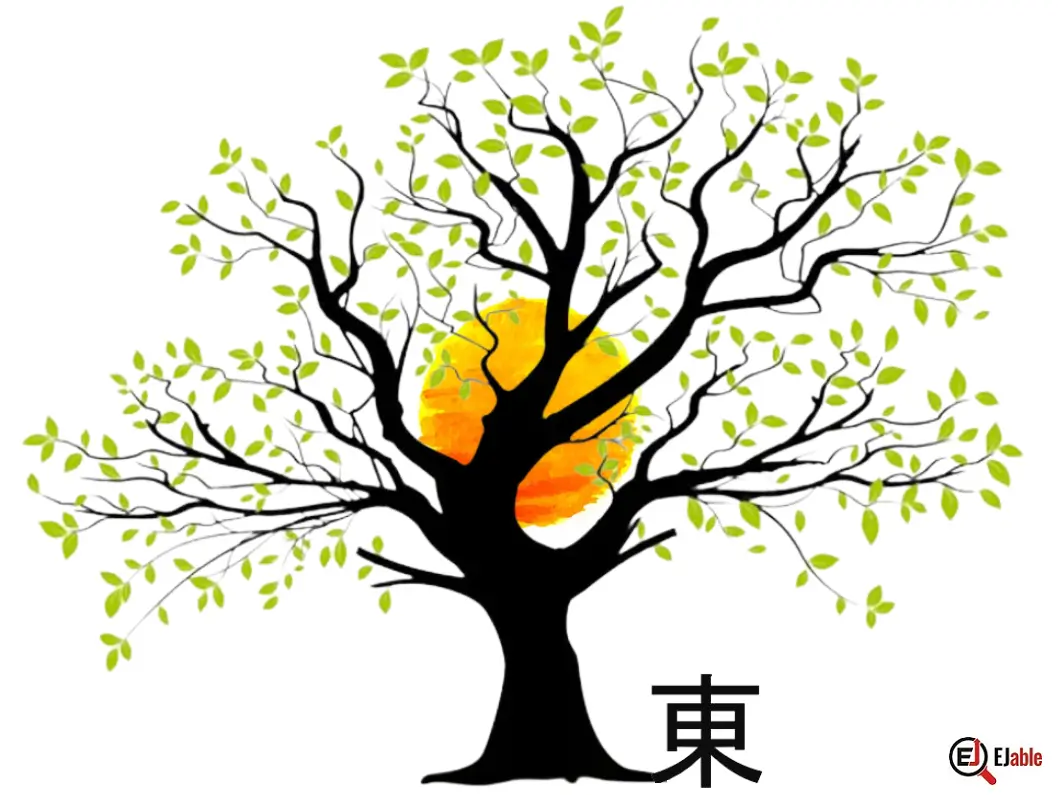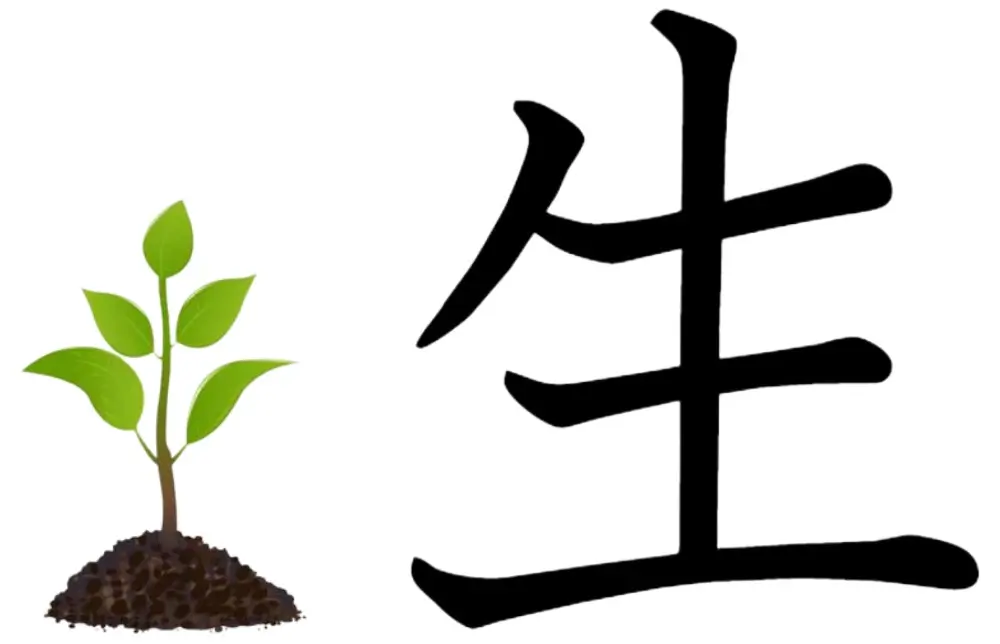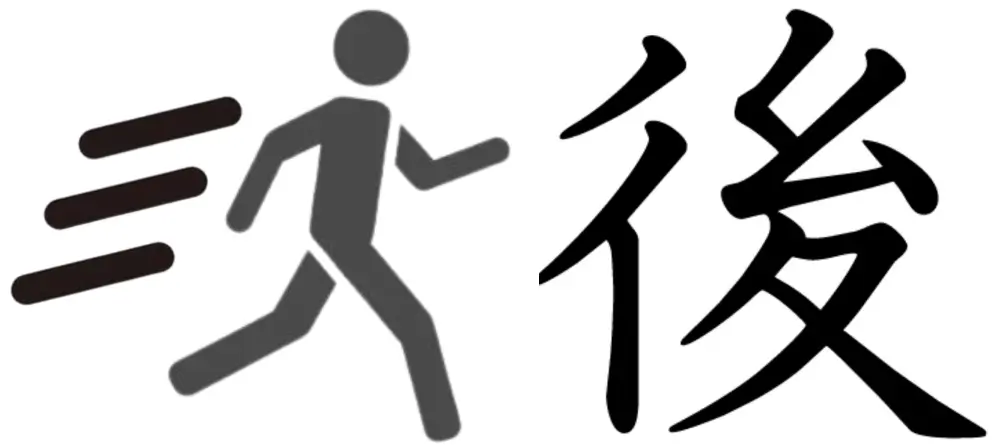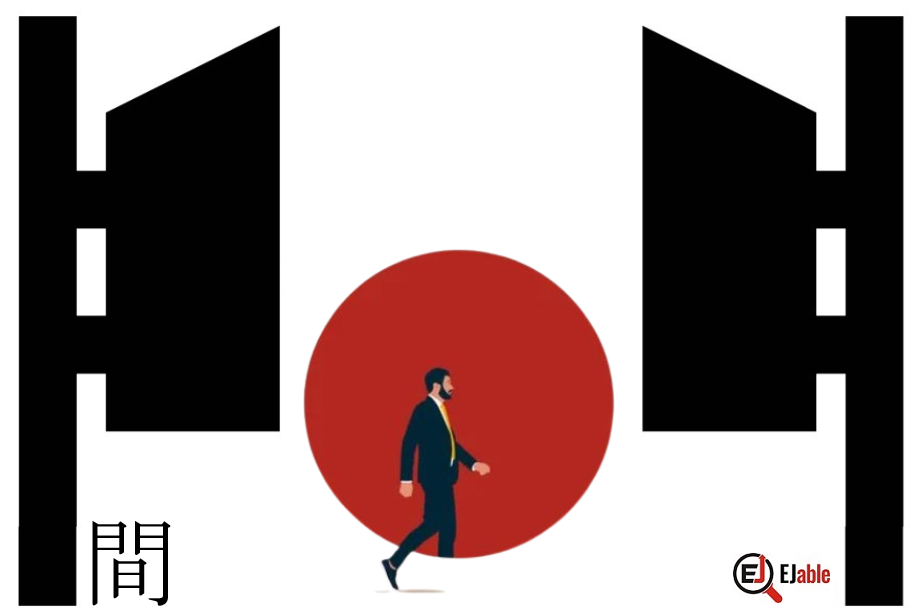How to Learn Kanji Fast: Origin of Kanji Characters and Mnemonics

As a beginner learning Kanji, have you ever wondered about the best ways to learn and remember Kanji Quickly? You have come to the right place to learn and remember Kanji quickly, which is essential to mastering the Japanese language. Kanji is the intricate system of pictographic and, often, ideographic characters that forms a crucial part of the written Japanese
Continue reading

